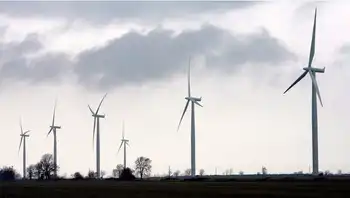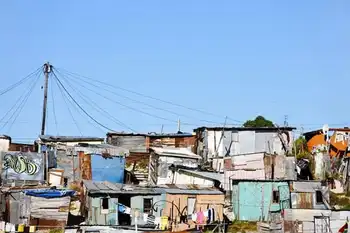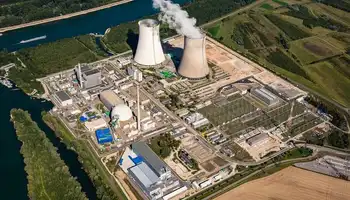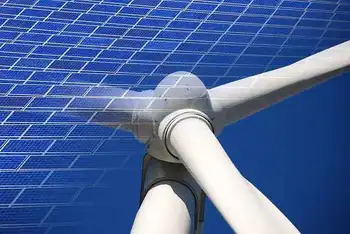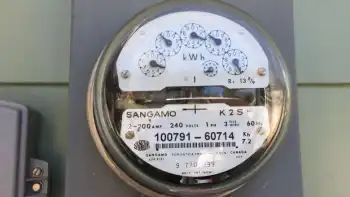Aclara system chosen for Smart Meter AMI program
By Electricity Forum
CSA Z462 Arc Flash Training - Electrical Safety Essentials
Our customized live online or in‑person group training can be delivered to your staff at your location.

- Live Online
- 6 hours Instructor-led
- Group Training Available
PG&E began evaluating Aclara's RF electric solution in June 2007 with a 2,000 unit field trial intended to demonstrate and validate the capabilities of Aclara's electric RF fixed network. The successful performance of this technology throughout the field trial was a significant factor in PG&E's decision to expand the deployment of this product.
PG&E has ordered 88,000 Aclara RF electric devices to be installed in the Central Valley region of northern California, which extends from Modesto to Sacramento. These units will include a ZigBee connector as well as an interface to a connect/disconnect function integrated in the meter. PG&E has indicated it is their intent to order a significant quantity of Aclara RF electric AMI devices throughout 2008, in addition to the nearly 400,000 TWACS power-line based electric AMI devices being installed in the Bakersfield and Vacaville areas.
This electric deployment is in addition to PG&E's ongoing gas AMI installations utilizing Aclara products. The RF electric units will operate under PG&E's installed STAR Network AMI system which currently manages data from over 200,000 gas meters already installed in the Central Valley.





